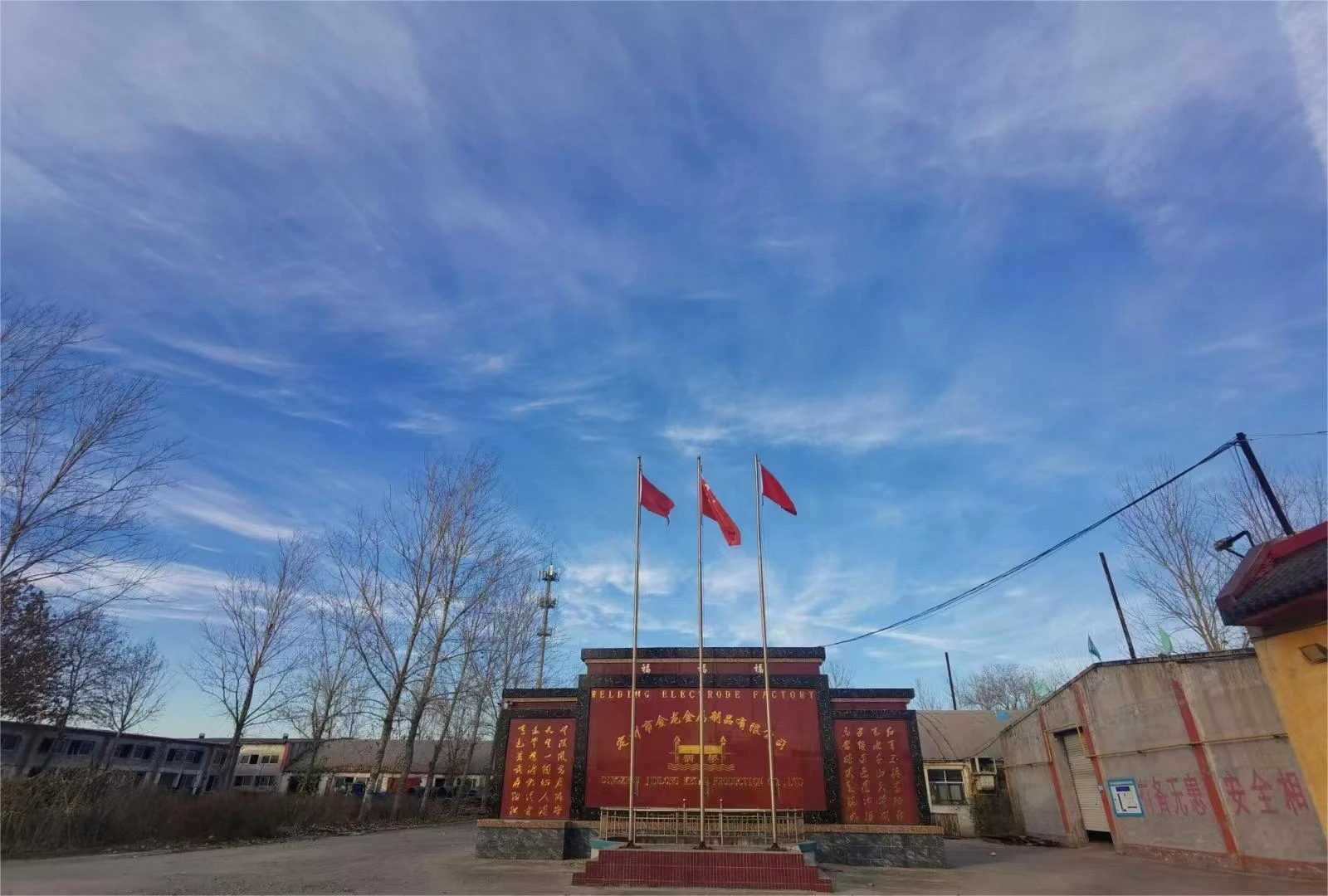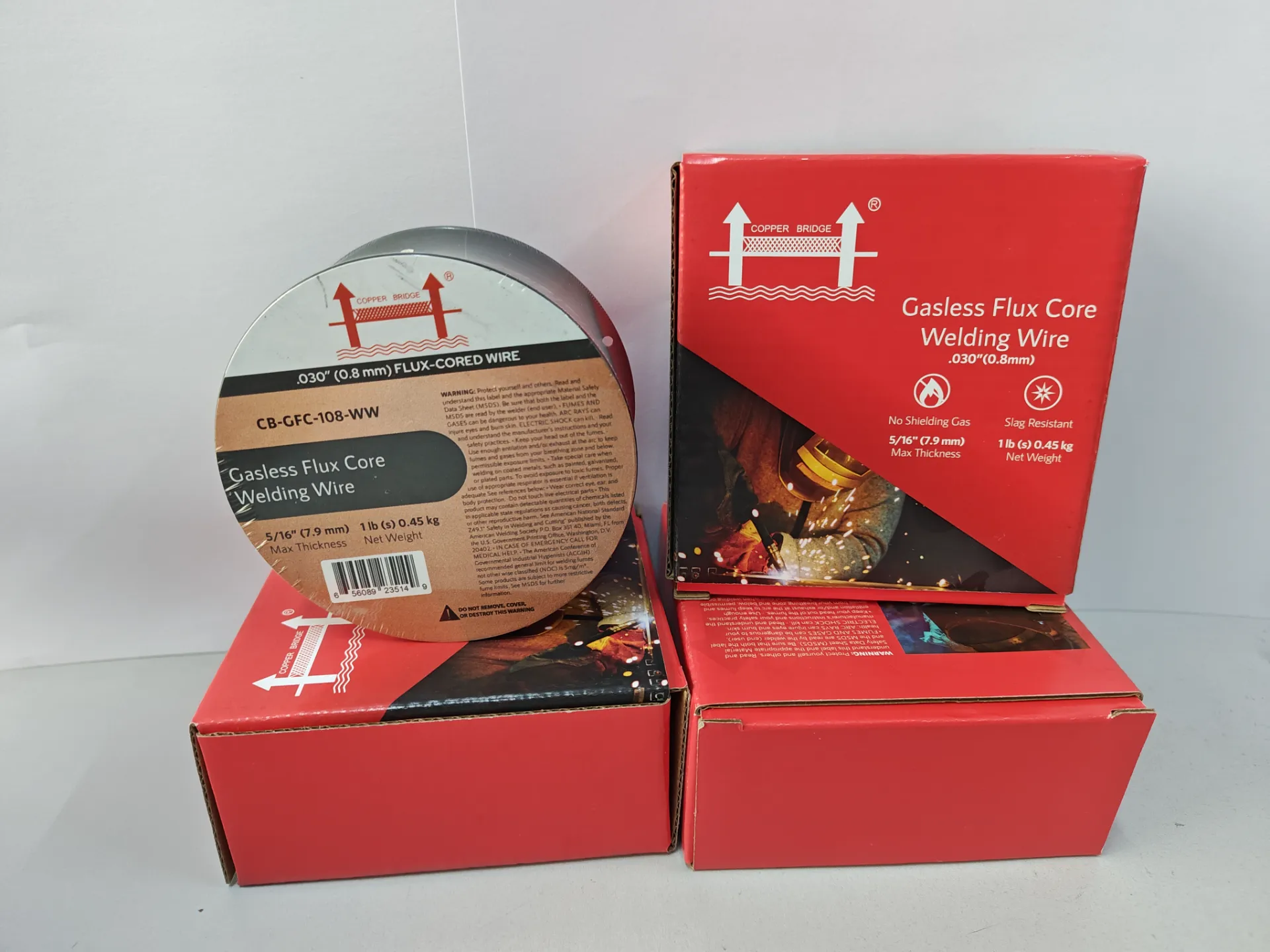3/32 or 1/8 welding rod
Th2 . 06, 2025 02:14
The choice of the right welding rod is crucial for any welder who aims to deliver high-quality, durable, and safe welds. Among the vast array of welding consumables, the 3/32 or 1/8 inch welding rod stands out due to its broad applicability and efficiency in various welding scenarios. This article explores these welding rods by delving into their practical applications, expert recommendations, and factors that underscore their reliability and trustworthiness in welding projects.
The authority of 1/8 rods is backed by their ability to produce consistent, high-quality welds. Welders with substantial experience often cite these rods for providing excellent bead quality and mechanical strength. The E7018 variant is particularly renowned for its ability to handle high-stress applications, offering excellent ductility and resistance to cracking. Trust in 1/8 welding rods is further reinforced through industry standards and certifications that ensure these consumables meet stringent safety and quality guidelines. This reliability and assurance make these rods a staple in any welder’s toolkit. Choosing the Right Rod When selecting between a 3/32 and a 1/8 welding rod, the decision primarily hinges on the material thickness, welding position, and the specific requirements of the project at hand. Expert welders emphasize the importance of considering these factors to optimize performance and achieve the desired welding outcomes. For projects involving thin materials or requiring precision, the 3/32 rod provides unparalleled control and finesse. Conversely, for robust applications where strength and penetration are prioritized, the 1/8 rod delivers superior results. Seasoned professionals often advise new welders to practice and understand the characteristics of each rod size through training and trial runs. This hands-on experience is invaluable, enhancing the welder’s expertise and confidence in handling various welding scenarios effectively. Conclusion In the realm of welding, 3/32 and 1/8 inch rods represent two distinct yet essential tools that cater to different facets of welding projects. Their authority and trustworthiness are well-established through decades of successful applications across industries. By recognizing the unique strengths and applications of each rod, welders can enhance their precision, quality, and efficiency, ultimately leading to superior craftsmanship and reliable welds that stand the test of time. In the pursuit of excellence, these rods are invaluable allies, melding professional expertise with trust to deliver outstanding results.


The authority of 1/8 rods is backed by their ability to produce consistent, high-quality welds. Welders with substantial experience often cite these rods for providing excellent bead quality and mechanical strength. The E7018 variant is particularly renowned for its ability to handle high-stress applications, offering excellent ductility and resistance to cracking. Trust in 1/8 welding rods is further reinforced through industry standards and certifications that ensure these consumables meet stringent safety and quality guidelines. This reliability and assurance make these rods a staple in any welder’s toolkit. Choosing the Right Rod When selecting between a 3/32 and a 1/8 welding rod, the decision primarily hinges on the material thickness, welding position, and the specific requirements of the project at hand. Expert welders emphasize the importance of considering these factors to optimize performance and achieve the desired welding outcomes. For projects involving thin materials or requiring precision, the 3/32 rod provides unparalleled control and finesse. Conversely, for robust applications where strength and penetration are prioritized, the 1/8 rod delivers superior results. Seasoned professionals often advise new welders to practice and understand the characteristics of each rod size through training and trial runs. This hands-on experience is invaluable, enhancing the welder’s expertise and confidence in handling various welding scenarios effectively. Conclusion In the realm of welding, 3/32 and 1/8 inch rods represent two distinct yet essential tools that cater to different facets of welding projects. Their authority and trustworthiness are well-established through decades of successful applications across industries. By recognizing the unique strengths and applications of each rod, welders can enhance their precision, quality, and efficiency, ultimately leading to superior craftsmanship and reliable welds that stand the test of time. In the pursuit of excellence, these rods are invaluable allies, melding professional expertise with trust to deliver outstanding results.
Related Products
Related Video
Related News
Copyright © 2025 Dingzhou Jinlong Metal Production Co., Ltd. All Rights Reserved. Sitemap | Privacy Policy




























